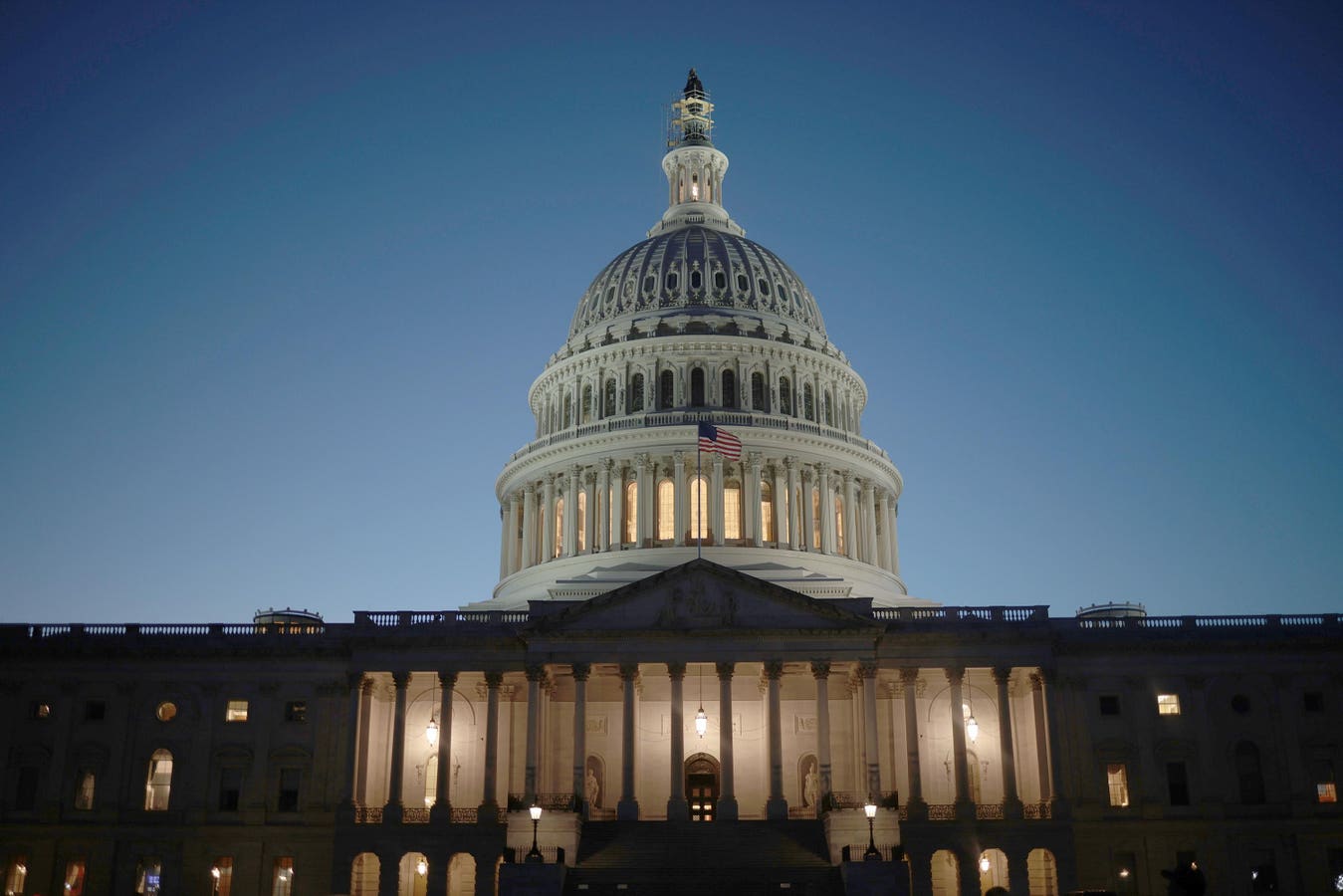Money
There Is A Legal Path For The President To Impound Funds

Understanding Presidential Power to Impound Federal Spending
Introduction: The Legal Framework of Impoundment
The Trump administration’s recent moves to unilaterally cut federal spending have sparked intense debate, but what’s often overlooked is the legal pathway available for presidents to impound, or withhold, federal funds. The Congressional Budget and Impoundment Control Act of 1974 provides a clear process for presidents to terminate or rescind funds appropriated by Congress. By ignoring this established framework, the administration risks legal challenges that could derail its spending reform efforts. The Constitution grants Congress the "power of the purse," but the president plays a crucial role in budget execution and ensuring efficient use of taxpayer dollars. This includes the authority to propose the termination of unobligated funds through a lawful, structured process.
How Presidential Impoundment Works: A Step-by-Step Guide
The 1974 law doesn’t prohibit impoundment but rather outlines procedures for it. When the executive branch identifies funds or activities it wishes to rescind, the president must send a special message to Congress explaining the rationale. Congress then has 45 days to act on the request. During this period, the funds can be withheld from obligation. While passing legislation is never easy, rescission requests receive expedited consideration, requiring only a simple majority vote in both chambers of Congress. This process has been used by previous presidents, though it has fallen out of practice in recent decades.
The process works most smoothly when Congress has passed full-year appropriations bills. However, the federal government has operated under stopgap continuing resolutions since 1997, including the current resolution set to expire on March 14. If the president were to formally notify Congress of proposed spending cuts, the law would allow for a pause in spending while Congress considers full-year appropriations measures. If Congress fails to act within 45 days, the funds must be spent, and the president cannot propose rescission again. However, if congressional Republicans uniformly support the president’s cuts, the process could achieve savings while respecting constitutional boundaries.
The Role of the Government Accountability Office (GAO)
The Government Accountability Office (GAO) plays a critical role in ensuring compliance with the 1974 law. When the president fails to notify Congress of spending deferrals or rescissions, the GAO is required to step in. Specifically, the Comptroller General must report any unauthorized impoundments to Congress, effectively triggering the same 45-day consideration period as if the president had sent a special message. The law also empowers the Comptroller General to sue to compel the release of impounded funds, though this authority has not been exercised in recent cases.
For example, the Trump administration’s decision to pause certain grants, loans, and financial assistance programs without proper notification raised legal concerns. By failing to follow the established process, the administration arguably violated the 1974 law, undermining its ability to achieve policy goals through constitutional means. The GAO’s role serves as a safeguard against unilateral executive actions, ensuring that spending decisions remain a shared responsibility between the branches of government.
The Limits of Presidential Authority: Policy Reforms and Legal Precedents
While the president has the authority to propose spending cuts, they cannot unilaterally substitute their judgment for that of Congress. The Constitution does not grant the president the power to refuse to spend funds appropriated by lawmakers unless such actions infringe on specific presidential powers, such as those related to national security as commander-in-chief. The last significant attempt to expand presidential impoundment authority was by Richard Nixon in 1972, which led to the passage of the 1974 law. Since then, courts have consistently ruled that presidents cannot impound funds without congressional approval, reinforcing the constitutional balance of powers.
This legal precedent was reaffirmed in the 1998 Supreme Court case Clinton v. City of New York, which struck down the Line Item Veto Act. The Court ruled that allowing the president to selectively void portions of legislation amounted to an unconstitutional amendment of laws passed by Congress. Similarly, any attempt by the current administration to impound funds unilaterally would likely face legal challenges, with decades of precedent suggesting such actions would be deemed unconstitutional.
The Road Ahead: Supreme Court Review and Constitutional Balance
Given the Trump administration’s aggressive approach to spending cuts, a Supreme Court challenge appears increasingly likely. While predicting the Court’s ruling is difficult, the weight of constitutional text, legal precedent, and the 1974 law suggests that unilateral impoundment would face significant hurdles. Any such case would require the Court to balance the executive branch’s authority to manage federal spending with Congress’s exclusive power to appropriate funds.
Ultimately, the 1974 law provides a constitutional pathway for presidents to work with Congress to achieve spending reforms. By following the established process, the administration can advance its fiscal priorities while respecting the separation of powers. Ignoring this framework risks not only legal setbacks but also further polarization in an already divisive political climate. The ongoing debate over impoundment serves as a reminder of the enduring importance of constitutional balance in American governance.